" Pitching at least two bespoke products at a market populated exclusively by the Masters of the Universe, Aston Martin are reaching for the stratospheric high-end of a rapidly polarising car market. Aston Martin describe the One-77 as a ‘technical showcase’ ("

Brembo brakes
The Brembo story
What do the winners of the Dakar, the F1 championship and the WRC have in common? The brakes.
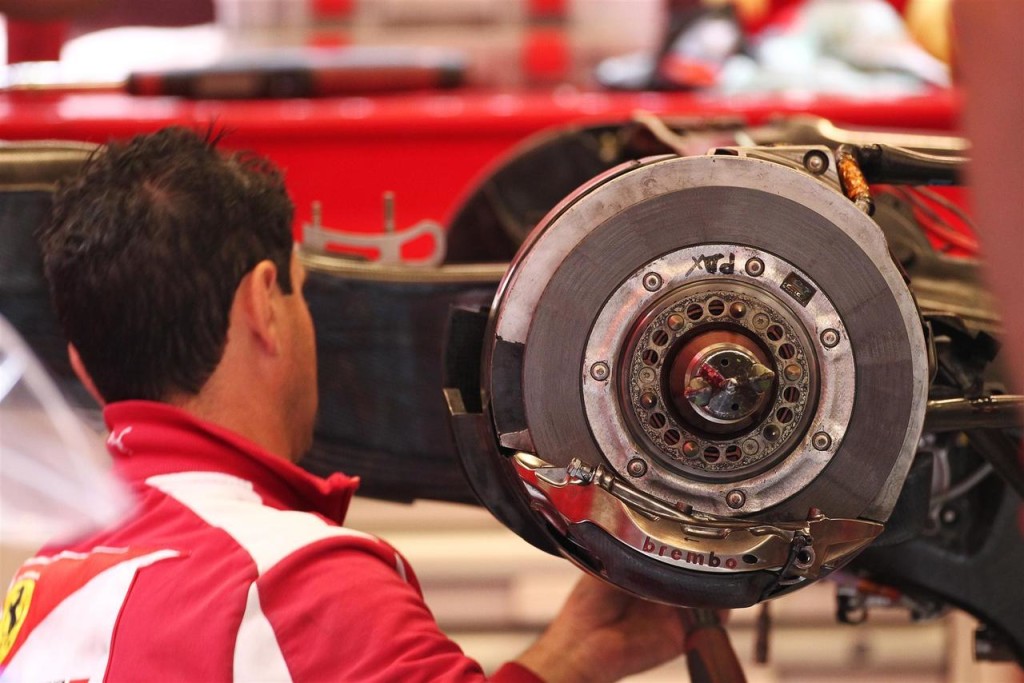
They are all designed, produced and supplied by Brembo Brakes, the Italian multinational worldwide leader of braking systems. How many of you know its story? It all started with UK discs.
The Birth – discs from UK
In January 1961, 40 km from Milan, Italo Breda and Emilio Bombassei, founded the a little mechanical workshop, whose headquarters was originally a stable, waiting for the restoration of a farmhouse.
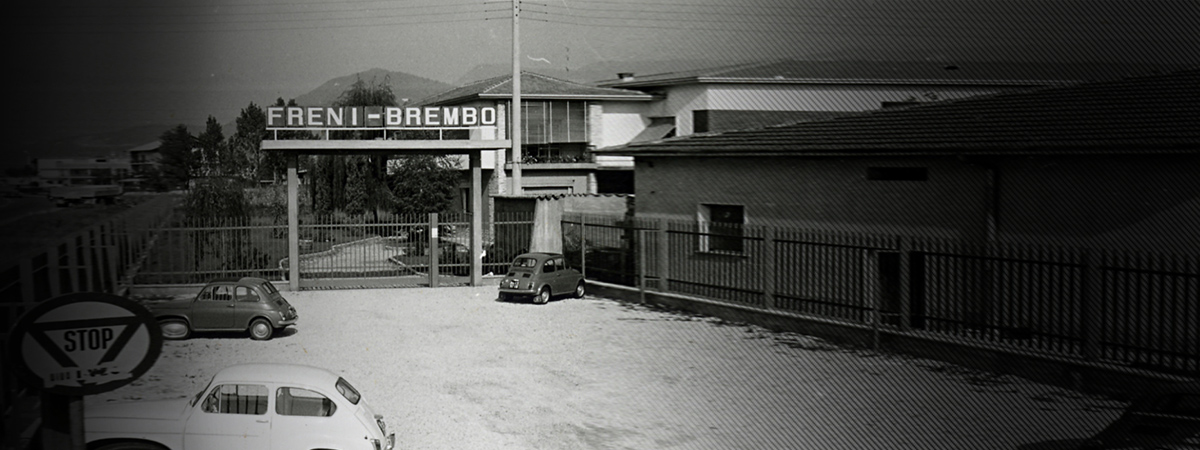
The name is the acronym of the name of the founders and a tribute to the Brembo River that flows in the city of foundation. They supplied components to Alfa Romeo, which was manufacturing racing and high performance cars. Alfa, which bought brake discs from England, sent a batch of them involved in an accident, to be fixed.
Alberto Bombassei, current Brembo president, said: “The British engineering school of braking systems installed for the first time on the Austin Healey 100 S and Jaguar at 24h LeMans, was considered as the non-plus-ultra of the technique, like a Cartier jewel. But when analysing those brakes, we thought we could do better.”
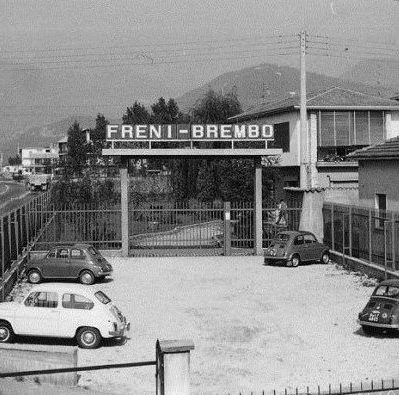
It was 1964 when the first batch of Brembo brake discs for the aftermarket was manufactured. Just over 1000 units. Bombassei convinced Alfa Romeo to buy Brembo brakes instead of the British ones and started working on new materials, as he thought the cast iron, was too heavy.
The 1970s – Ferrari revolution
In the ’70s, Brembo began its exponential growth in the world of braking systems, with Alberto Bombassei knocking at the doors of the great two- and four-wheel manufacturers, proposing its innovations.
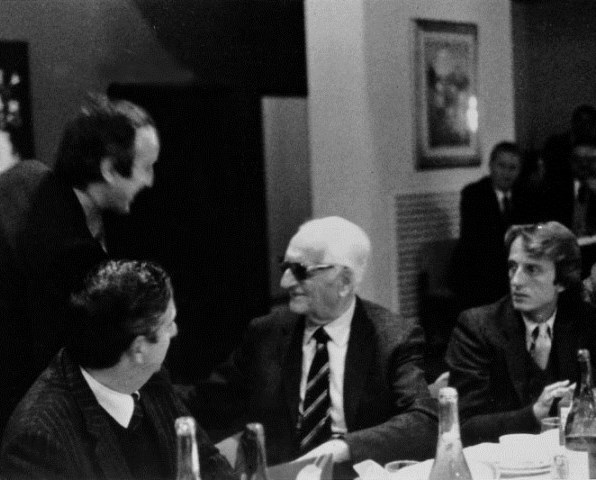
In 1972, Moto Guzzi, which at the time produced the best European motorcycles having the leadership in the two-wheeler sector, began to adopt Brembo brakes.
The breakthrough year was 1975: Alberto Bombassei was received by Enzo Ferrari, who decided to adopt on his Formula 1 cars the brakes that still today, more than 40 years later, most of the teams use Brembo brakes. And let’s not forget Ferrari road cars – at the moment, Brembo is working on the brakes for the forthcoming evolution of the 488 GTB.
’80s – ’90s R&D and colour revolution
The 1980s are marked by major investments in innovation and growth, which have always been Brembo’s real strength.
The first aluminium caliper launched, innovative both for design and for the alloy used, was adopted by big names in high-performance cars, such as Porsche, Mercedes, Lancia, BMW and Nissan.
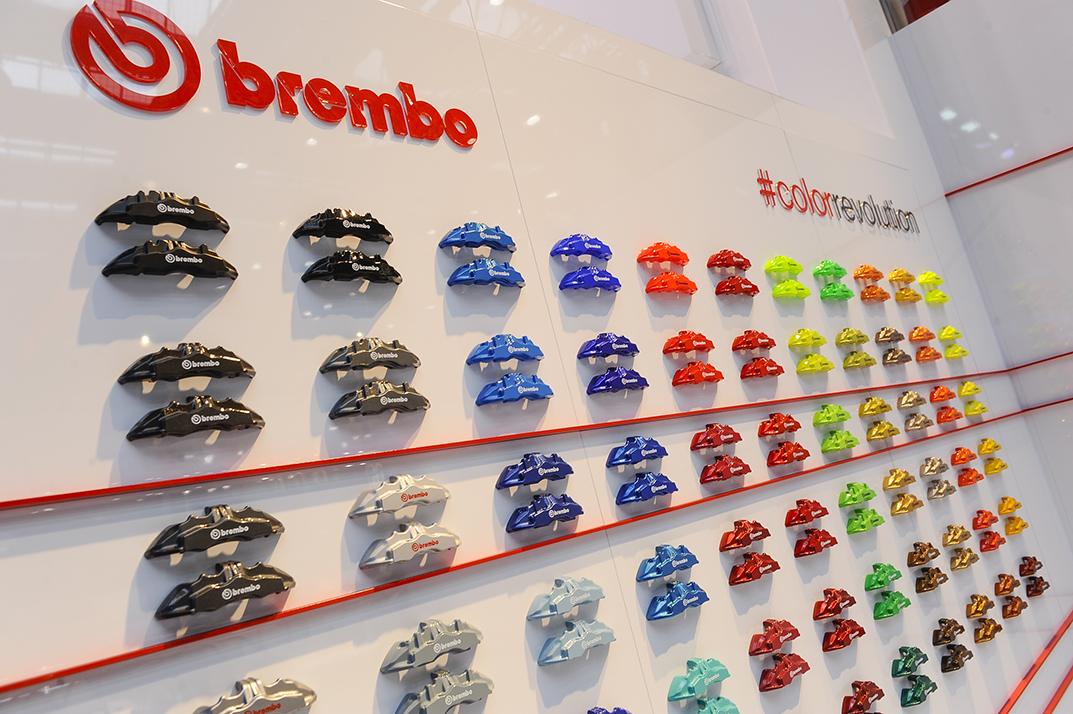
But that’s not all. Almost exactly 25 years ago, at the end of 1992, Brembo launched the “Colour Revolution” calipers.
Porsche hybrids with the characteristic fluorescent yellow calipers, Ferraris with red, or green Lamborghinis calipers are the latest ones inspired by the first Colour Revolution calipers. The first in the line were red, but today you can choose up to 100 different colours.
New century – carboceramic
The new millennium for Brembo coincided with the internationalisation of production and the debut in the mid-premium segment, designed for the Audi S and RS, Mercedes-AMG, BMW M, Renault RS, Ford, Chevrolet and others. Plants have been built in Mexico, the USA, Brazil, India, China and Eastern Europe. Today Brembo has more than 9,000 employees, and 19 production labs in 16 countries as well as four R&D facilities.
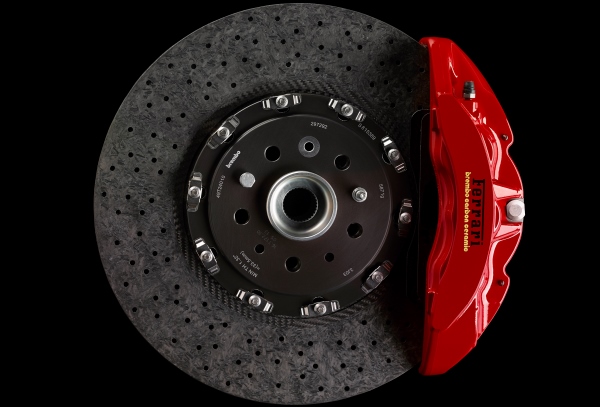
The future
Alberto Bombassei in 2017 was entered in the prestigious Automotive Hall of Fame, born to celebrate worldwide stories who achieved extraordinary goals in the automotive industry.
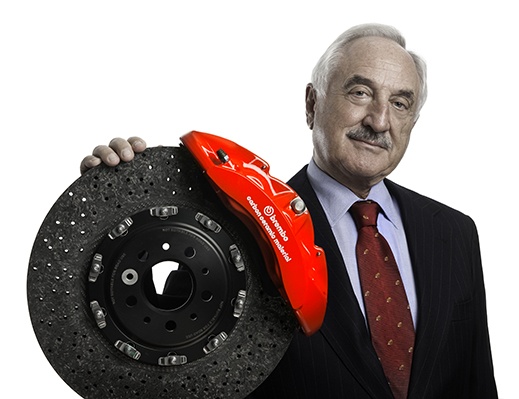
What about the future? The man of the brakes has no doubts: research and development, cement-based pads, brake by wire, the great challenge of electric cars with amazing performance that requires a proper braking force, without forgetting the production challenges. “We are working on the 4.0 industry, with smart brakes and smart production,” he said.
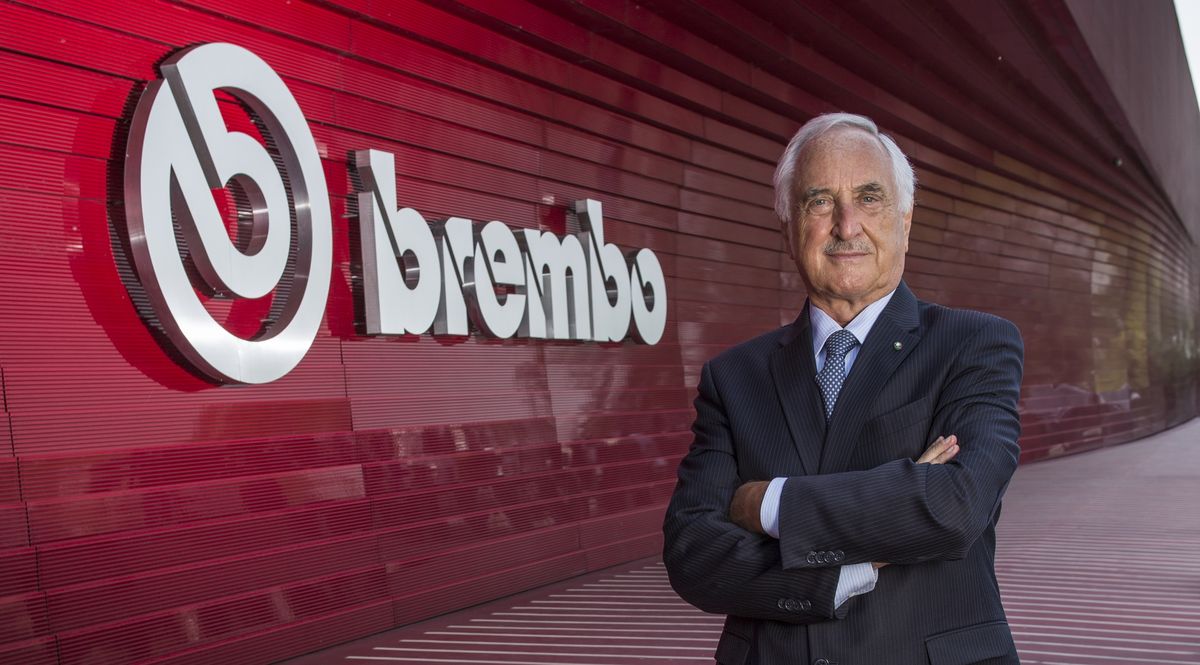
CLICK TO ENLARGE









